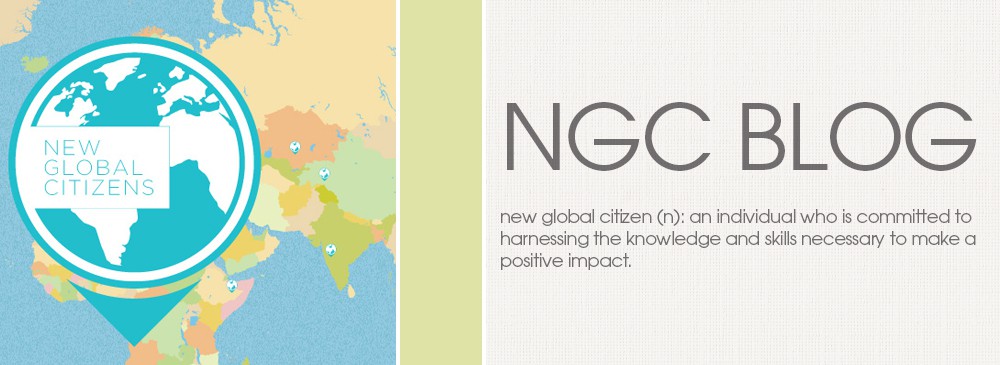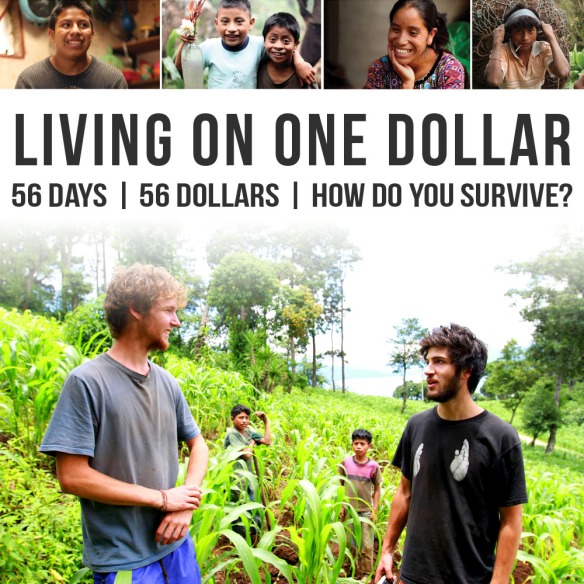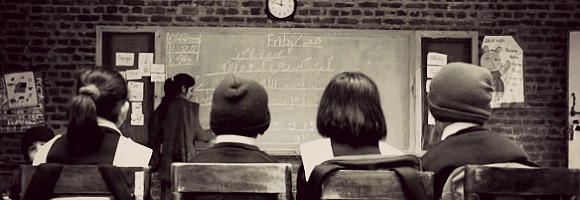This post was created by Team Mentor Ahmad Abujbarah, a Phoenix-based NGC alum and student
This slideshow requires JavaScript.
New Global Citizens continues to grow year-by-year as students and teachers in schools all over the country become motivated to make a difference in the lives of others all over the world. Certainly, being a Team Mentor, I enjoy seeing what these high school students create in order to raise awareness and funds for their project. Their creativity and passion always inspires me to think outside the box with every one of my endeavors. To highlight some of the team’s accomplishments, three Arizona high schools, Westwood High School, Tolleson Union High School, and Franklin Police and Fire High School, show that they are dedicated to educating and transforming their communities and the world.
Westwood High School in Mesa, Arizona was invested in educating the student body for their project, The Foundation for People with Disabilities in Ecuador. The team focused on educating themselves and informing their peers on the importance of supporting this project, so children with disabilities can obtain professional care, such as therapies, medical care, and language therapy. While doing this, the team also began raising funds for the organization by asking for donations and even having a donut sale at their school, helping them raise over $300. The motivation found in this team has made it an excellent example for how hard work matched with enthusiasm can create a lasting change.
Tolleson Union High School in Tolleson, Arizona is ending its first semester for its fourth year, and the team continues to raise awareness on its own project as well as educating about issues in other parts of the world. The dedicated team members, team leaders, and team sponsor all work together to create one of the largest and most successful clubs on Tolleson’s campus. The team has hosted an Awareness Week to educate the students and teachers on the Nirvanavan Project as well as the issues of Extreme Poverty and Hunger, Universal Education, Gender Equality, Environmental Sustainability, among the list of MDGs. They also managed to raise about $100 from donations alone in that week. In November, the team hosted Documentary Night, showing the documentary Born to Brothels to highlight the issues of gender inequality as well as lack of opportunities for children in certain parts of India. Inviting New Global Citizen’s Executive Director Jennifer Vollman, the team had a large turn-out and proved that teenagers are more interested in making a positive change than many would believe. To end the semester, Tolleson NGC hosted its most popular event, Poetry Night. While allowing students to recite poetry and perform, the team has found a way to make educating and raising funds for their projects much more interactive. This Poetry Night had the largest turn-out since the event’s creation four years ago. With multiple events geared to educating and raising money, Tolleson NGC proves that high school students have the ability to get involved in global development if they are given the opportunity to create such change.
The final team Franklin Police and Fire High School in Phoenix, Arizona focused most of it attention on educating the team on global development and civil engagement. In November, the team attended a discussion at the Phoenix City Hall to discuss the importance of civil engagement. With this, the team educated itself on the importance of being involved in creating a safe and positive environment, both locally and globally, thus bringing better opportunities to all the people in a community. The team has also utilized its meetings to discuss the MDGs in depth as well as informing themselves on the how to find solutions for the issues all over the world. Thus, the team acts as an example for how simple awareness is the first step to making a difference in the world.
However, these are only three NGC teams, they show the basic characteristics of a strong and dedicated group. The teams try to make the work they do fun, and they enjoy learning more about the world as well as sharing that knowledge with the people around them. They will take these experiences with them in their future, and will continue to think outside-the-box when it comes to creating solutions for obstacles. I can only imagine what the next semester holds for these three teams and all New Global Citizens teams.




